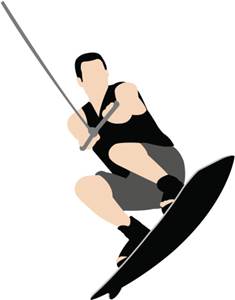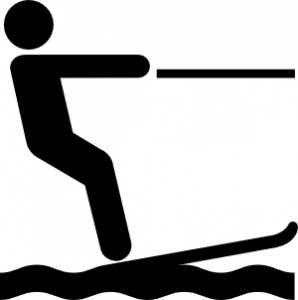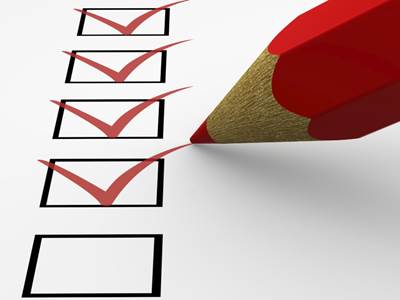
Deep Creek Marina Towboat & Watersport Safety
The Fact
Each year, people are seriously injured in boating accidents. On average there are 700 boating fatalities per year in the United States. Most accidents involved alcohol, operator inattention, careless and reckless operation, inexperience, improper boat maintenance, failure to allow the Rules of the Road or failure to wear life jackets.
-
Almost all injuries and fatalities are avoidable.
TO READ - WSIA WATERSPORTS RESPONSIBILITY CODE

BEFORE HITTING THE WATER

- Every rider, skier, and boater should wear a suitable sized, US Coast Guard-approved life jacket. (This is a regulation in many states.) Special life jackets are available for the specific requirements of watersports.
- Read and heed all warning labels and instructions on the boat and in the owner's manual. Be aware of the potential of Carbon Monoxide (CO) poisoning and propeller strike hazards.
- Always boat sober. Alcohol and drugs don't mix with boating. Boating under the influence (BUI) is illegal in every state.
- Both driver and observer should be experienced and both should know the rider/skier's abilities and desired speed and how long they want to stay on the water.
- Be sure the observer knows his/her responsibilities including watching for boats approaching from astern and communicating information to the driver.
- Be sure that both observer and rider/skier know the hand signals for communication before starting. The driver must insist that riders/skiers give the "OK" signal after a fall.
- The driver should be aware of the affects of the boat's wake on other boats.
- Know your state's boating laws and local lake rules before you head out. Know the area where you are boating.
- Learn the nautical Rules of the Road in a boating safety education course. Read, understand and follow the operator guidelines for the boat, watersport, and safety equipment.
TIPS WHILE PARTICIPATING IN WATERSPORTS

- Shut off the engine and remove the ignition key when dealing with anyone in the water to lessen the possibility of carbon monoxide poisoning or propeller strikes. Never depend on neutral, as the propeller may spin and endanger a person in the water.Never "back up" to anyone in the water.
- Always use both an experienced driver and observer in the boat. Keep people in view when they enter or exit the boat. Always approach the person in the water on the driver's side (and downwind, where possible).
- Always keep the rider/skier in sight. Whenever someone is in the water and not being towed, alert other boaters to take caution such as by displaying a "skier down" flag.
- Stay at least 100 ft from all other objects and people (e.g., boats, piers, docks, buoys, other floating items, swimmers).
- Never participate in watersports close to shore or near swimming areas. And never in shallow water or in water where you do not know the depth or what is beneath the surface.
- Choose a watersports area away from the anglers, swimmer, divers, moorings, channel markers, other watercraft, shallow areas or reefs and any other dangers to participants.
- Watch tow lines closely so they don't get tangled in the propeller. Keep all passengers away from tow lines.
- Follow the approved tow pattern and tow hours in each watersport area. Maintain a safe speed and do not make sudden, unexpected turns.
- Ensure that each passenger is properly seated in a designated occupant position to avoid falling or falling overboard. Passengers should not sit in locations that obstruct the driver's visibility. If the boat has a bow seating area, do not exceed the manufacturer's bow seating capacity.
Watersport Hand Signals

BEFORE AND AFTER CHECKLIST

- Perform the pre- and post-operation checks and inspections outlined in the owner's manual.
- Inspect the towline for wear, fraying, cuts, and unnecessary knots before and after each use. Replace the rope when it starts to show wear - well before it breaks.
- Inspect life jackets for rips and tears, and buckles for breakage.
- Inspect all tow equipment for wear and damage. Repair or replace equipment before it breaks. Be sure all equipment is securely stowed.
- Towlines should be disconnected from the bow/tow bar immediately after the session.
- Have all boat systems checked for proper operation by a certified marine technician at least once a year.
**Remember**
IT TAKES 3 TO PARTICIPATE IN TOWED WATERSPORTS!
Towed Watersports - Safety Guidelines
TO READ- WSIA WATERSPORTS RESPONSIBILITY CODE
-
Towable Saftey Full
-
Inflatable Safety

